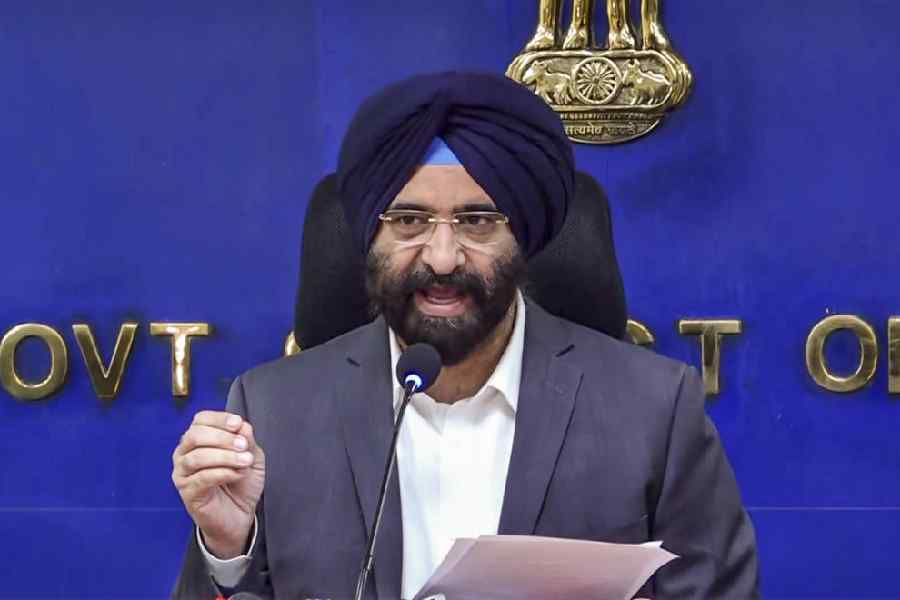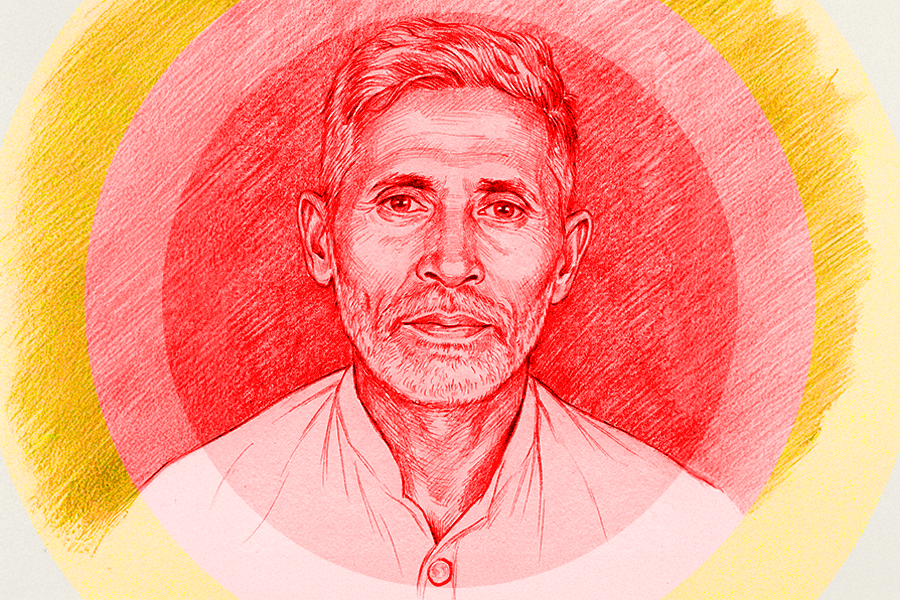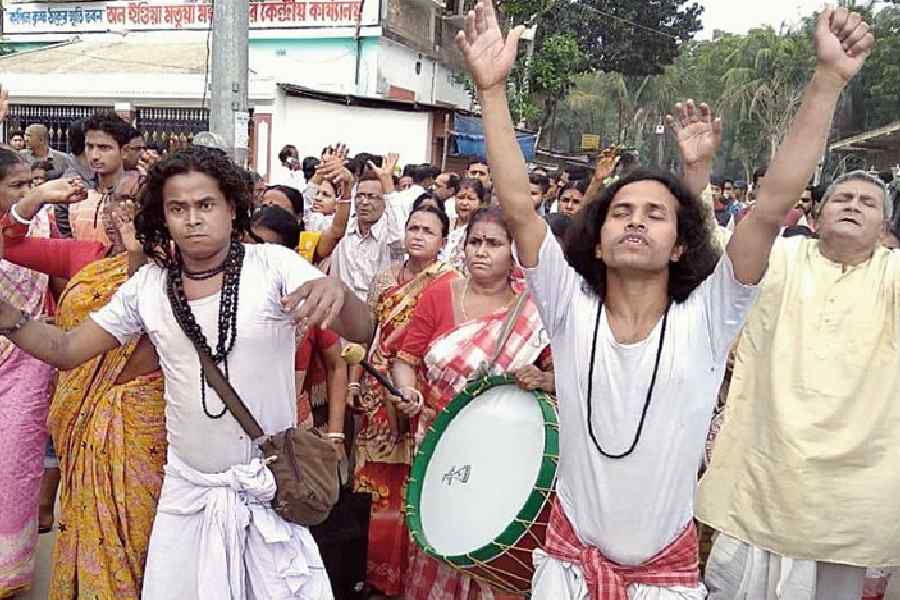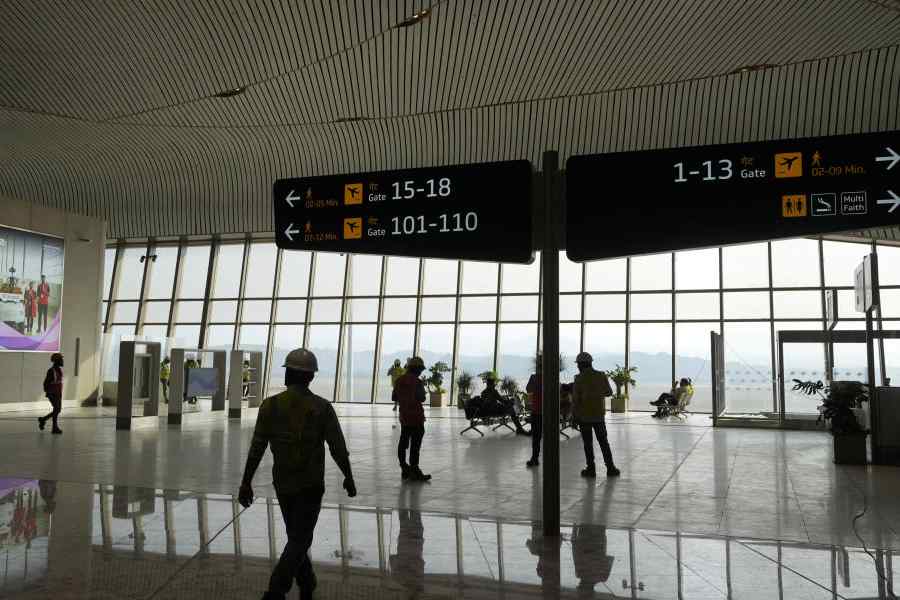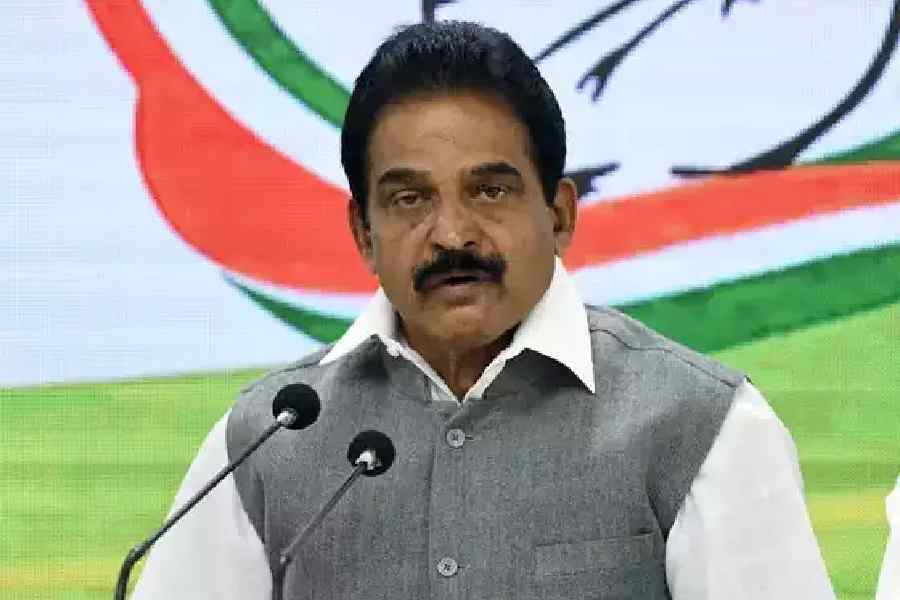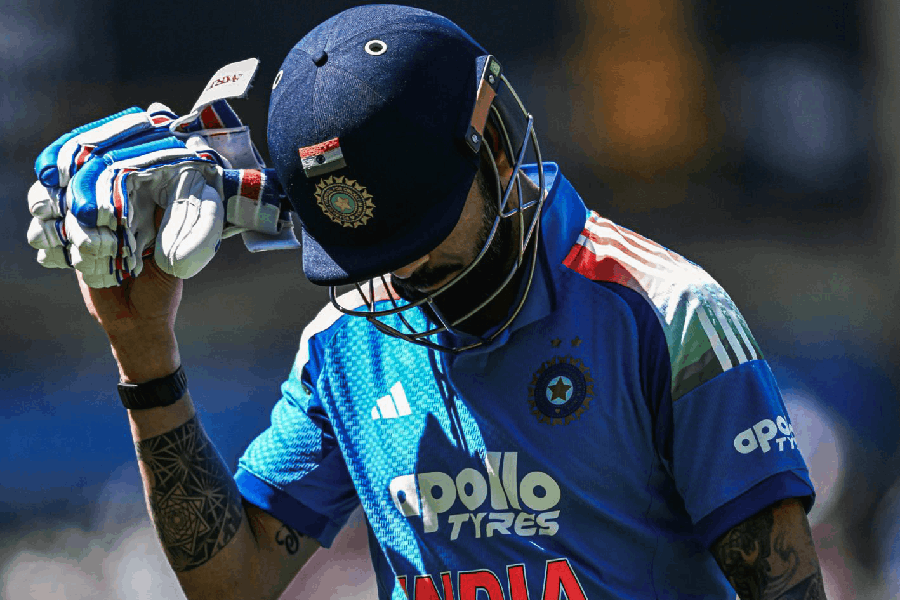|
|
The Duronto Express, billed as the ‘fastest’ and a ‘non-stop’ train between Calcutta and New Delhi, ended up being 20 minutes late in its maiden journey. The delay surely is a sign of things to come. The adjectives used to describe the train will mean little if it fails to meet the people’s expectations.
In October 1956, the Poorva Express, then known as the Vestibule Express, had been described as the fastest train with the least number of stoppages. It soon became the favourite mode of journey between the capital and Calcutta. Unfortunately, the nascent political system got the better of the grand tradition of the railways and increased the number of halts as well as the distance and the time of the journey. Today, the train takes anywhere between 25 and 26 hours to cover the route, a few hours longer than the 22-hour ride in 1956.
Thirteen years later, the Rajdhani Express began its dream run. The train was the brainchild of the legendary railways’ engineering officer, the late B.C. Ganguli, who was loved, feared and hated for his professionalism and probity. The Duronto Express can be considered as the successor of the Rajdhani Express.
However, the Duronto Express is likely to face infinitely tougher challenges. The history and the tradition of the Indian railways show that virtually every fast and express train has declined in terms of speed and the quality of service. The Amritsar-Mumbai Central Frontier Mail is a shadow of its former glorious self. The same holds true for the Toofan Mail, now the Toofan Express, the Amritsar-Mumbai Central Frontier Mail, the Howrah-Delhi-Kalka Mail and the Delhi-Howrah Rajdhani Express.
To make matters worse, fast-moving trains have to contend with the threat posed by illegal mining in the colliery belt stretching from the Gomoh-Dhanbad sector to the Andal-Waria belt. The movement of express trains puts pressure on the track, compelling the line engineers to work harder to maintain their trackworthiness.
Moreover, the Howrah-Delhi Grand Cord line is one of the busiest owing to both passenger and freight traffic. This makes trains less punctual.
Despite the existing hurdles, the overall track record of the Indian Railways continues to be awe-inspiring. However, the unpredictability of the Indian political establishment still poses a tough challenge for the railways. Any railways minister is capable of shattering a dream project into smithereens.
With a 1.4 million strong work force and a separate budget of its own, the railways is the country’s economic workhorse. Little wonder then that the occupant of the office of the Rail Bhavan continues to be the star attraction of the nation. The performance of the railways is a key component to demonstrate political success or failure.Both the Poorva and the Rajdhani were success stories to begin with. But the important thing to remember is to maintain the standard of service and upgrade the technology of such trains. The Duronto Express must not be made to follow in the footsteps of its predecessors, which started with a bang but lost their gloss and glitter after getting sucked into the mire of India’s democratic cauldron.



